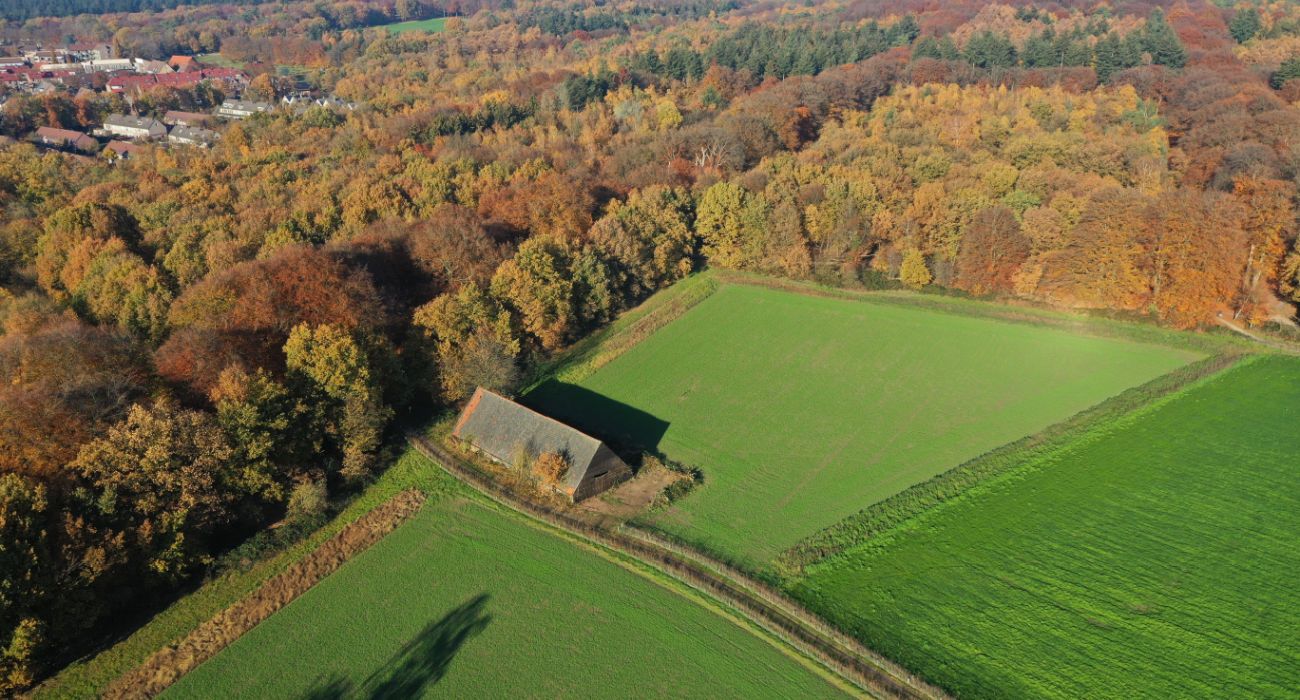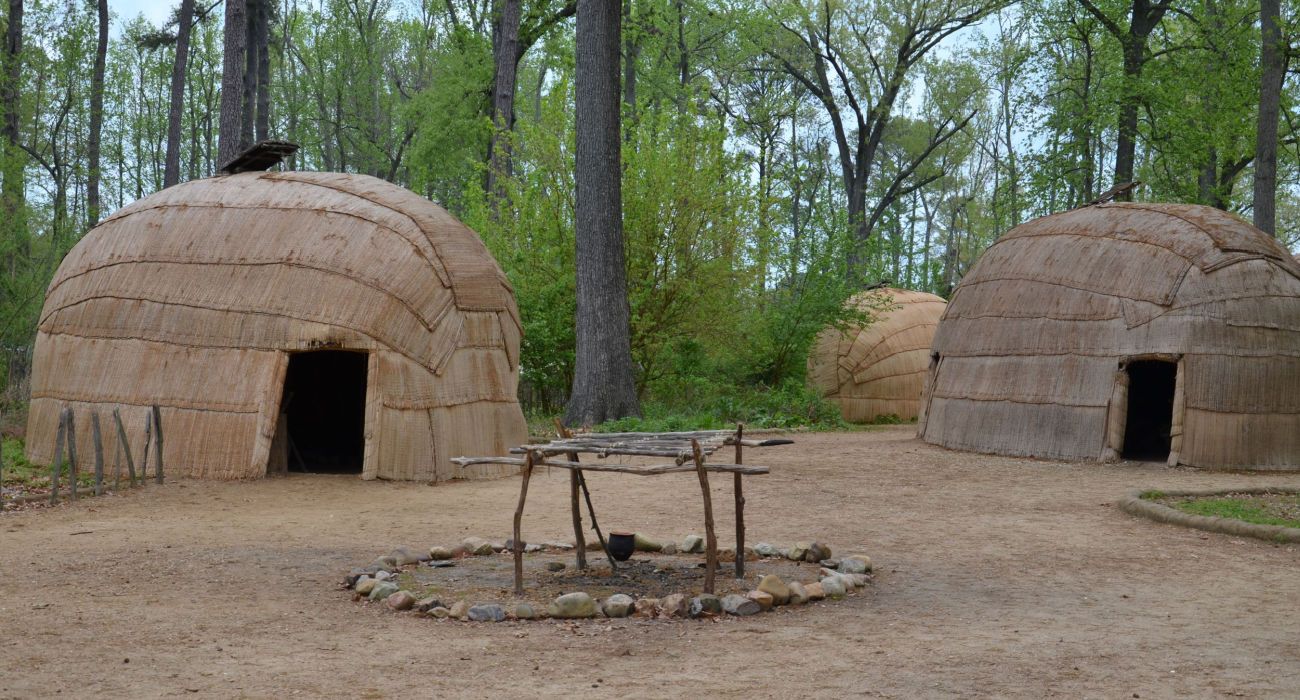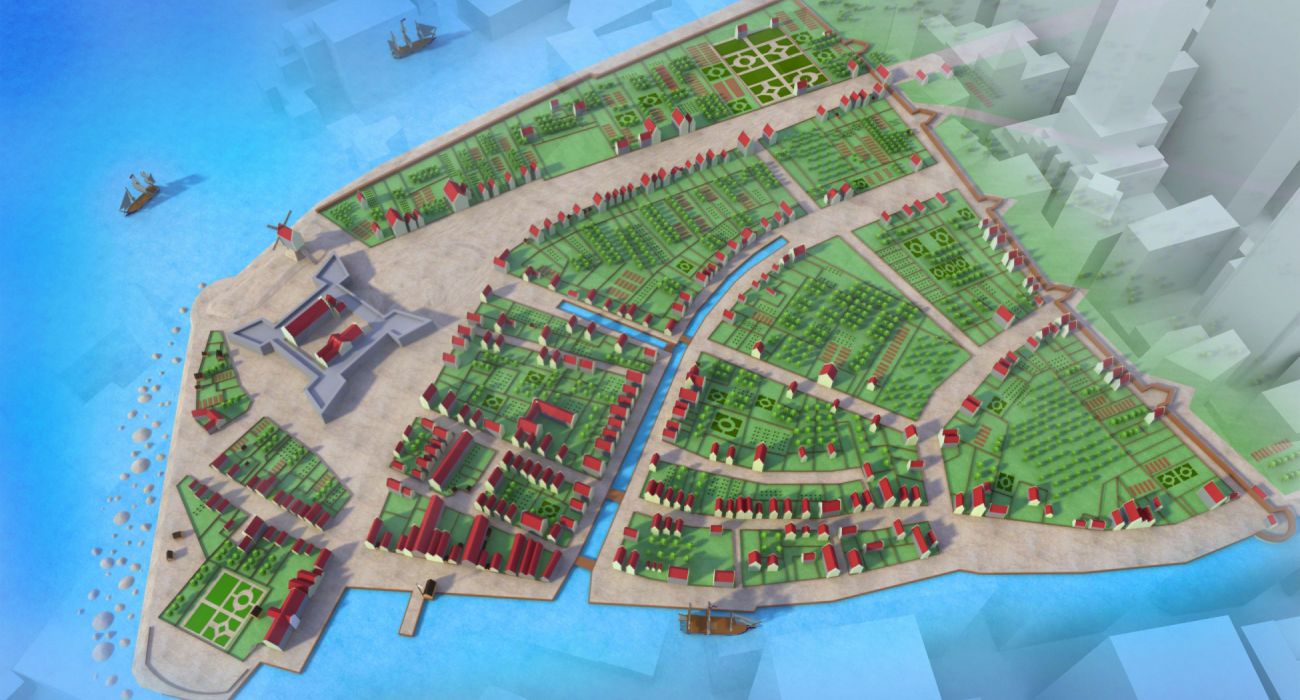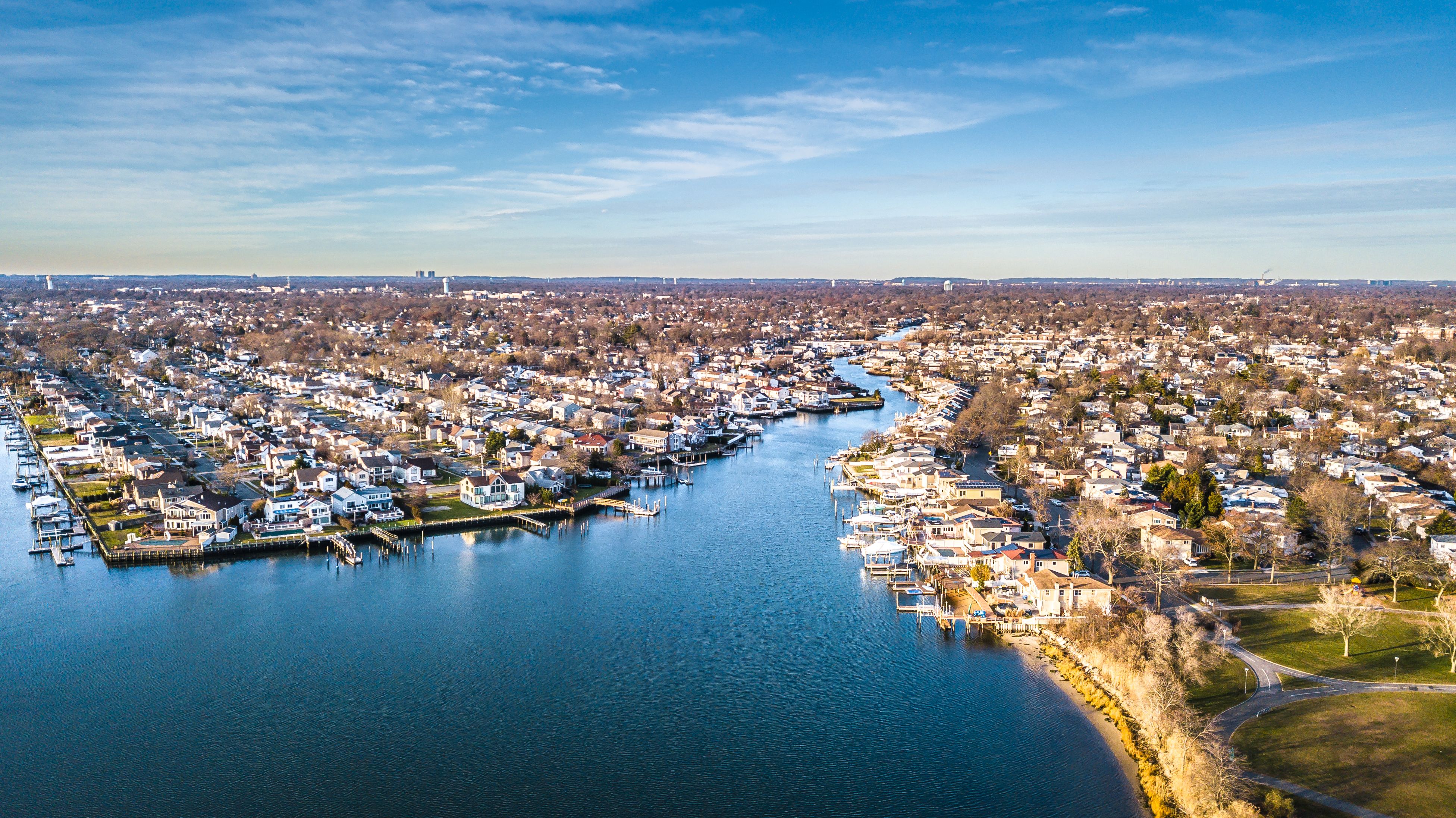Quick Links
Before Long Island in New York was British, it was Dutch. But before it was Dutch, it was inhabited by Native Americans for thousands of years. Fort Corchaug Archeological Site is a place where people can learn about the prehistoric history of Long Island when it was a very different place. Fort Corchaug Archeological Site is a prehistoric archeologic site in Cuthogue on the eastern part of Long Island. It is important to learn about the deeper history of what is today the United States.
The History Of Long Island: Fort Corchaug Preserves Early Contact And Trade Between Native Americans & The Dutch
The site preserved early contact between Europeans (mostly Dutch) and Native Americans during the 17th century. It is a rare example of a Native American fortified village site in the North East that has been left undisturbed. The trade between the Corchuag and Dutch was mostly the manufacturing and trade of Wampum.
- Built: Circa 1640
- Designated: National Historic Landmark Since 1999
- Size: 105 Acres
The Dutch first arrived in the Americas in 1609, and they soon set up their colony of New Netherlands (the main settlement was New Amsterdam - the forerunner to New York City, which people can learn about via tours). They traded with the local tribes for wampum and fur. By the time Fort Corchaug was built by around 1640, the English had arrived in the area (not British, as England and Scotland were not united at that point).
The English grew to rival the Dutch in the Hudson region until they eventually captured and took over their town and colony, renaming it New York, according to the early history of Manhattan. A testament to the early history of Long Island, there are still old Dutch colonial buildings standing on the island and elsewhere in New York City.
When looking at what Long Island and the area of New York City looked like back then, it is amazing just how much the area has been transformed into the metropolis it is today. In fact, how New York City rose from the ground is a phenomenal feat; visitors can learn all about the skyscrapers of NYC and how they came to be at the Manhattan Skyscraper Museum.
The Purpose Of Fort Corchuag & Defense Against Other Tribes
Fort Corchuag was a log fort constructed by the Corchaug Native American tribe with the assistance of Europeans. It was built to protect the Corchaug tribe from other Native American tribes (and possibly the English). The Corchaug tribe was an Algonquin-speaking group also known as the Montaukett. Fort Corchuag was not a permanent settlement but was instead intended as a place of temporary refuge in times of trouble.
Remarkably, the site was never disturbed or cultivated in the 340 years since the site was built. It has been suggested that the site represents the last historic remnant of the Corchaug Indians on eastern Long Island. Another fort being excavated in the area is Fort Hill in Montauk County Park (considered one of the earliest and best for its time).
As the Native Americans did not have written records, one of the main sources of information about their way of life is archeological studies.
What To Know About Visiting Fort Corchuag Archeological Site On Long Island Today
The Fort Corchuag Archeological Site is open to the public and the site has hiking trails for people to explore. In the area, people can see tidal wetlands, and woodlands, and bird life. It is located on the south side of New York State Route 25.
- Location: Downs Farm Preserve
- Downs Farm Preserve Attractions: Native American Fort Site, Scenic Woodlands, Tidal Wetlands, Trails
- Opening Hours: Dawn to Dusk (Trails)
- Address: County Route 25, Cutchogue, NY
Fort Corchuag seems to have been occupied between around 1630 and 1660. Archeological discoveries have included evidence of food preparation, defense, and other activities.
The mission of the preserve is to preserve and interpret the culture and life of the Corchaug Indians and the agricultural heritage of the area. The Downs Preserves also welcomes volunteers to help in keeping the trails maintained.
Visit Grave's Point Museum & Preserve
While archeological sites are immensely important to understand the history of the land, they can be underwhelming to the untrained eye. Dedicated museums are typically more informative for visitors, and it is there that most of the discovered artifacts are kept.
One of the great museums to learn about the history and heritage of Native Americans on Long Island is Grave's Point Museum. The exhibit includes a history of the glacial history of the island, the dramatic post-glacial changes, and the history of Native Americans there.
- Admission: Adults $5.00 l Children $3.00
- Opening Hours: Tuesday to Saturday: 10.00 am to 4.00 pm (closed Sundays & Mondays)
See the Interactive Woodland Village (where the kids can 'plant' corn, beans, and squash as well as 'fish' from a Dugout Canoe). The archeological exhibits start with the migration of people from Asia to the Americas and boast numerous prehistoric Indian artifacts.





